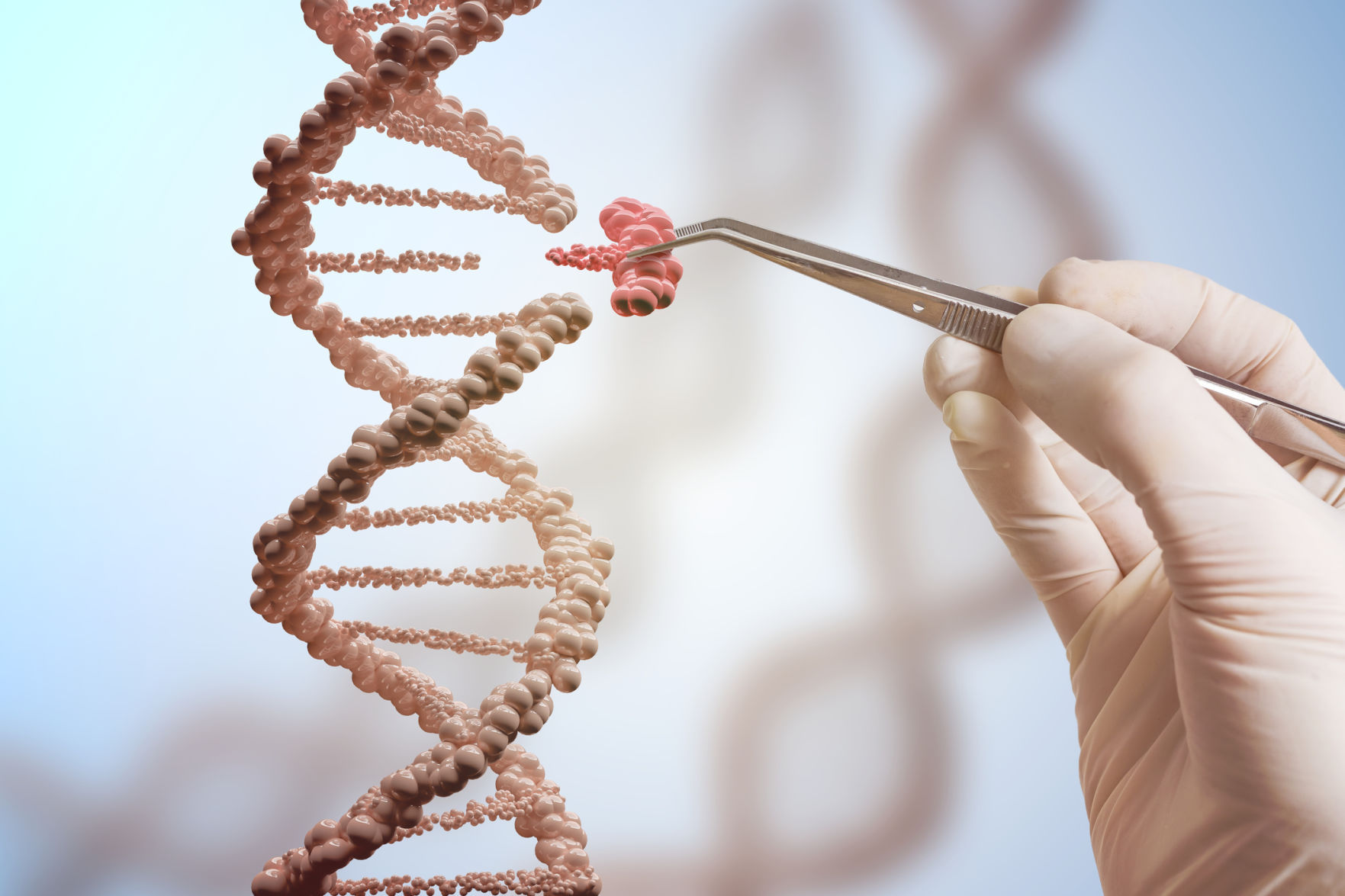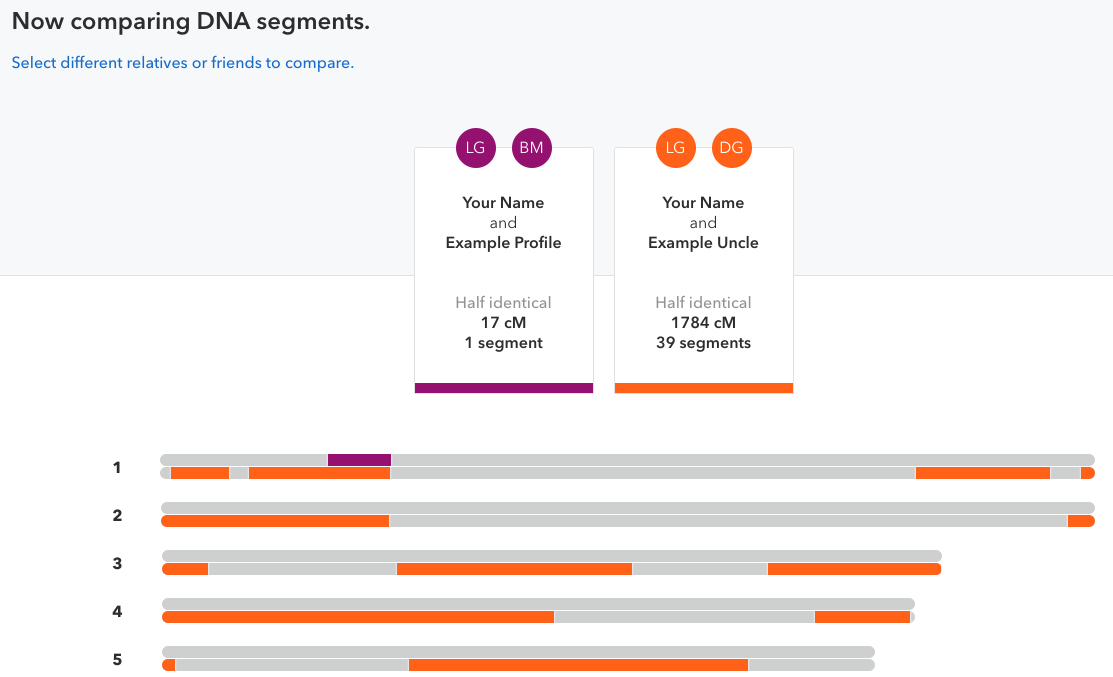
These comparisons were done at Family Tree DNA.īased on other evidence I’ve seen, this percentage seems about right, but the amount of shared DNA and the largest segment size surprised me.


Why are my dna matches either plus#
Since that time, I have obtained access to 2 sets of child plus both parents DNA results, so I wanted to take a look at how IBD versus IBC stacked up. However, without my father’s DNA, which is not available, we’ll never know. Now a 60-40 parental split is certainly possible, especially if one parent was from an endogamous population, which would mean more matches, or one parent was more recently immigrated from the old country, which would mean fewer matches.
Why are my dna matches either software#
IBC – identical by chance – not a valid match – you happen to match someone else on a particular segment, but it’s because the match software is jumping back and forth from your mother’s side to your father’s side.So, identical by population is identical by descent, but we just can’t tell who we got received that DNA from. Identical by population means that you did in fact inherit the DNA from an ancestor, but it’s either too far back in time to determine which ancestor, or that segment was present in a specific, probably endogamous population, and you could have inherited it from any number of ancestors. Notice, I’m not talking about IBS, or identical by state, because that phrase is used to mean both identical by chance and identical by population. Some time back, when I was matching to my own mother’s DNA, I noticed that I matched her on about 40% of my matches, which left 60% to either be matches to my father or identical by chance. After all, the child received all of their DNA from one parent or the other, so for someone to be a valid genealogical match a child, they must match a parent. Valid matches will also match one parent or the other. However, he only matches my parents on half of their locations, so he is not a match to them, because it’s only chance that caused him to match me on those allele values in that order.ĭNA matching programs have to take into consideration both allele values in their match routines, since you carry a value from your mother (A above) and a value from your father (C above), and they are not labeled as to which parent they come from. Joe has alternating As and Cs, so he is a match to me on every location. In the example above, you can see that Mom contributed all As to me and Dad contributed all Cs to me. By doing that, we can quickly identify and isolate matches that aren’t real. The absolute best way to determine if a match is a valid match or not, valid meaning that the DNA was handed down by ancestors, not a match by chance, is to compare a child’s matches against both parents. You can read about how this works in my article, How Phasing Works and Determining IBD Versus IBS Matches and also in the article, One Chromosome, Two Sides, No Zipper. This means that the DNA segments, or alleles, just happen to line up so that it reads as a match for the child, by zigzagging back and forth between the DNA of both parents, but it really isn’t a valid genealogical match.

If you remember, the definition of a match by chance, or IBC (identical by chance) is when someone matches a child but doesn’t match either parent. If not, then the match is not valid – in other words – it’s an identical match by chance. Since children obtain 50% of their DNA from each parent (except for the X chromosome in males), it stands to reason that all valid autosomal matches to these children not only will, but must match one parent or the other. Recently, I had the opportunity to compare 2 children’s autosomal DNA against both of their parents.


 0 kommentar(er)
0 kommentar(er)
